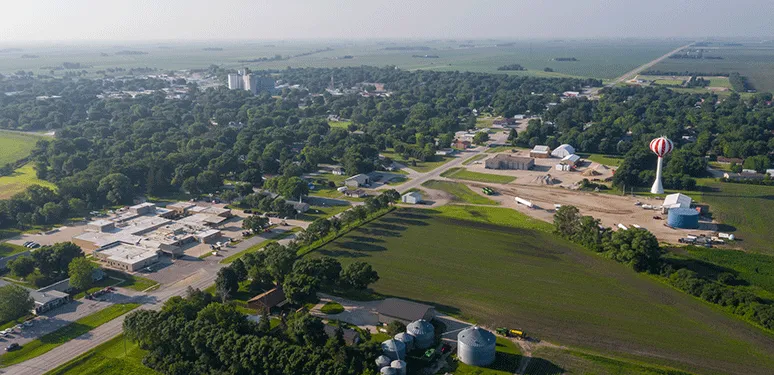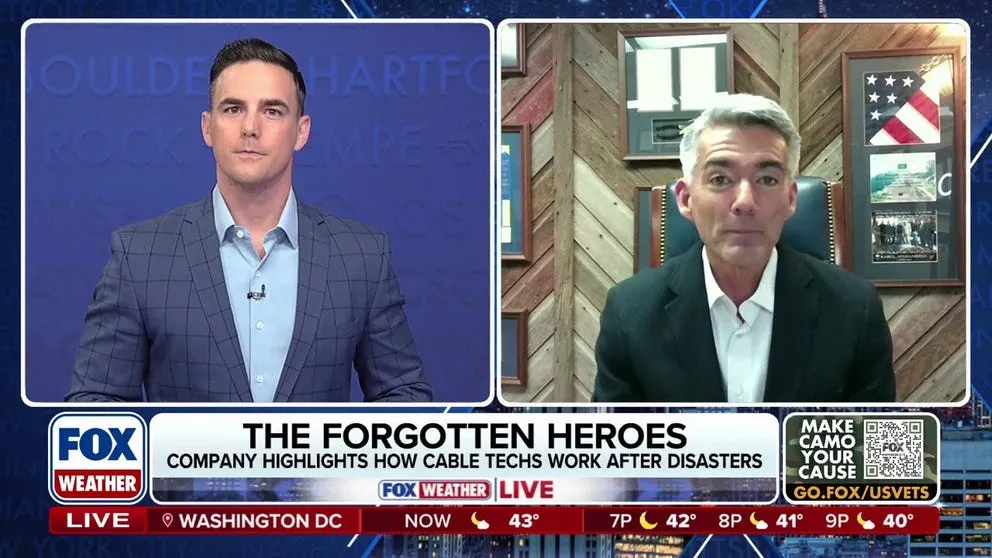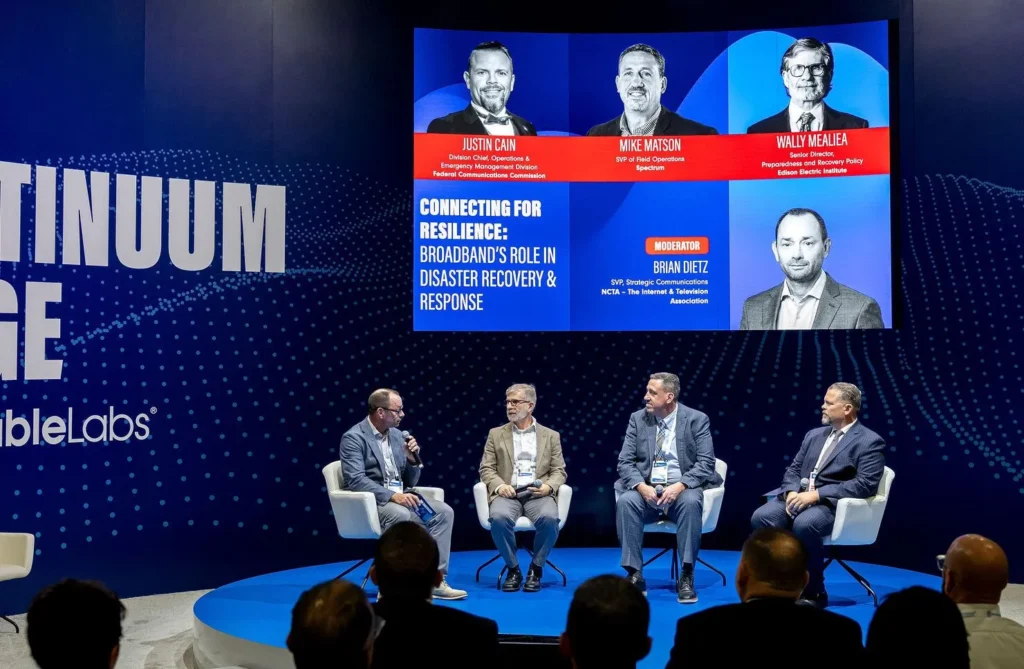With the FCC this week expected to reform its broadband data collection regime, it seems like a good opportunity to assess the potential impact of these changes. From NCTA’s perspective, there are four key points.
First, the data collection changes proposed by the FCC represent a significant victory for consumers, meaningfully improving the accuracy of broadband maps and enabling a more efficient targeting of resources to areas that lack broadband access. Specifically, all stakeholders will benefit from the FCC’s new rule requiring fixed broadband providers to submit electronic coverage maps (or polygon shapefiles) accurately representing the areas where they can provide service. For years there have been persistent complaints about the Commission’s census block-based reporting regime overstating the level of coverage in some rural census blocks. To address this issue, NCTA submitted a proposal earlier this year suggesting the move to a shapefile-based reporting regime similar to the one now proposed by the Commission. This new reporting approach attracted a wide range of support at the FCC and is the centerpiece of a number of bipartisan bills in Congress. The Commission deserves credit for working to fix this longstanding problem in a manner that balances the interests of everyone involved.
Second, the incorporation of crowdsourcing tools, when used properly, will offer policymakers another important tool to refine and improve data accuracy. The FCC has teed up important questions about how best to solicit, verify and use public input in its broadband data collection effort. Determining whether, and how, to incorporate information from the public into the Commission’s broadband maps presents some very complex issues that will need to be addressed. For example, given the known deficiencies with many online speed tests, the Commission will need to determine under what circumstances the results of such testing would be relevant in the proposed crowdsourcing process. Similarly, the Commission will need to ensure that its use of data does not result in mixing apples and oranges. There have recently been some questionable and misleading claims conflating the deployment data at issue in the current FCC order with subscription and performance data. These data sets are each important, but they are not interchangeable. A recent filing by Free Press provides a useful explanation of the different types of data that are available, identifies the flaws in some recent analyses that conflate these data types, and explains how the FCC’s order will address the problems with its deployment data.
Third, the costs and benefits of the proposal to create a “broadband serviceable location fabric” deserve serious scrutiny. The Commission’s draft order seeks comment on a proposal to create a new database identifying the precise location of every serviceable home and business in America (including those already served). If it can be done accurately (something we have no ability to assess at this point), such “fabric” could provide more precise latitude and longitude coordinates for homes and businesses in unserved areas. But this suggested benefit comes at a significant financial and administrative cost to the Commission and providers and there are numerous questions about whether, and how, it will work in the real world. The FCC is appropriately teeing up many of these questions in its Further Notice and policymakers should dig into these questions before moving forward with this proposal.
Finally, we should remember that broadband data and maps are a tool to help address problems in the marketplace, not an end in themselves. The Commission is right to redouble our efforts to improve broadband data in ways that are timely and cost-effective, but we also shouldn’t let the mythical perfect in mapping be the enemy of the very good in identifying the unserved. We know that there are millions of Americans without access to broadband at any speed and millions more that have access at speeds below the current 25/3 threshold. Given the burdens that any new data collection places on the Commission, proposals to dramatically expand the scope of the Commission’s data collection regime will have the effect of delaying the production of improved broadband data, which in turn could delay the delivery of broadband to unserved areas.
As the FCC and Congress continue to work on these important issues, NCTA looks forward to working with all stakeholders to ensure that the data collection regime can accelerate, not delay, the ultimate goal of delivering broadband to all Americans.
Header Photo: Joel McCartan / Shutterstock.com









